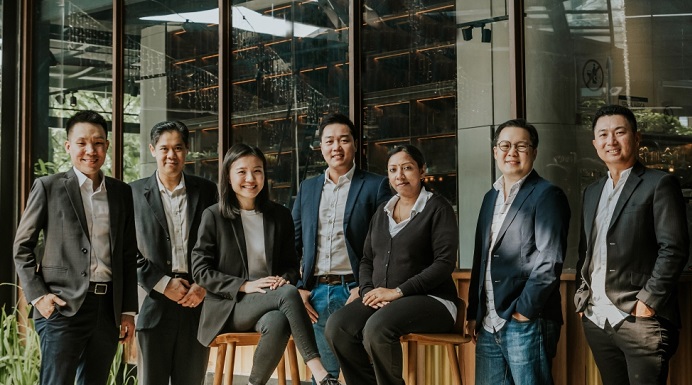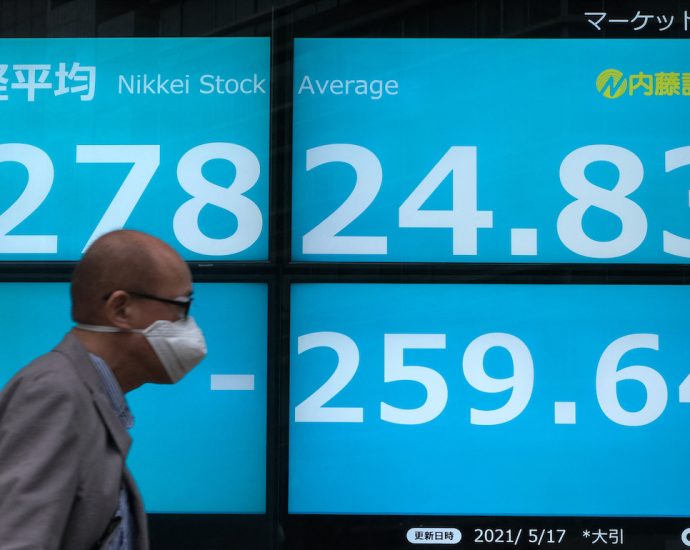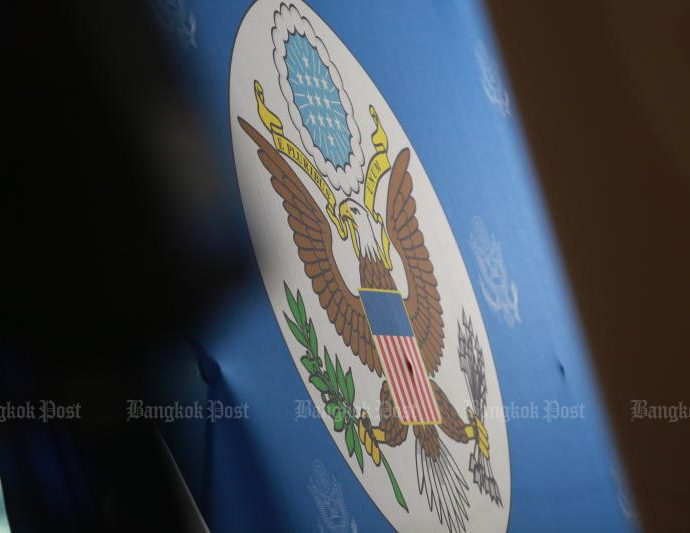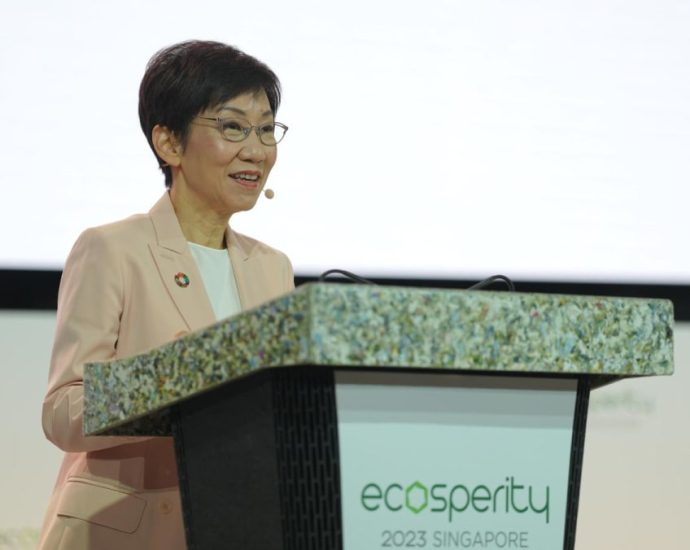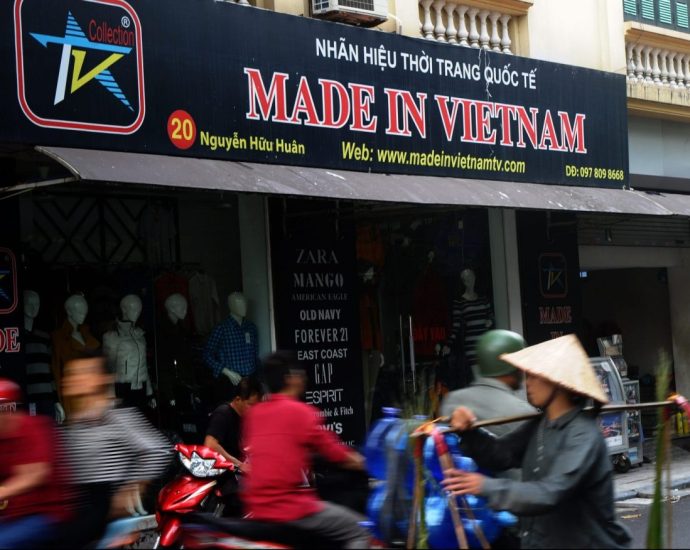Insuretech, PolicyStreet, raises US$15.3mil Series B with Khazanah as lead investor
Khazanah’s funding from US$1.3bil Dana Impak to spur competitiveness
Aims to serve 2.5mil gig workers & 300k SMEs within the next five years
Southeast Asian focused insurance tech startup, PolicyStreet Sdn Bhd, headquartered in Malaysia, has closed a US$15.3 million (RM67 million) Series B fundraising with Malaysian sovereign wealth fund, Khazanah Nasional Bhd…Continue Reading

